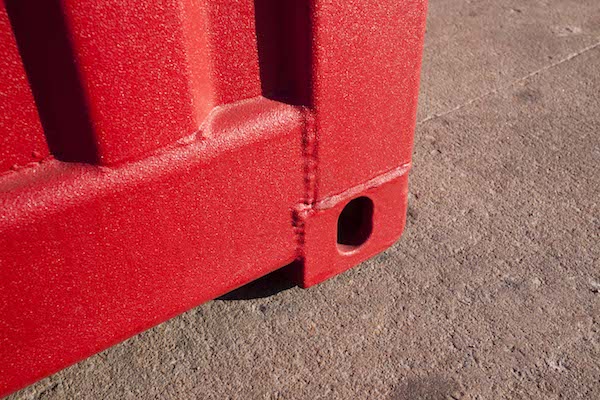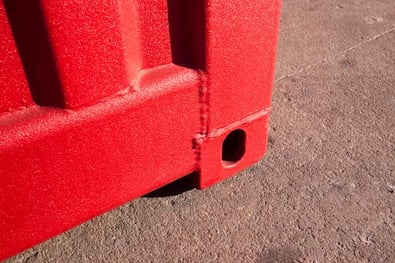What are the Hazards of Polyurea Coatings?


One of the benefits of advertising in trade magazines is the added  benefit of occasionally being asked to submit guest articles to those publications. It’s a great way to let the experts in your organization shine and to build a name for yourself when it comes to industry expertise.
benefit of occasionally being asked to submit guest articles to those publications. It’s a great way to let the experts in your organization shine and to build a name for yourself when it comes to industry expertise.
We enjoy this benefit and, and we realize that so do companies that sell products similar to ours. In those articles, the writer isn’t allowed to use specific product names or even mention the affiliated company, except for a final note at the end where the reader can seek more information. It's important to note that while the articles are intended to be written without an advertising focus, they are still written by those with a vested interest in selling a product.
What does this have to do with polyurea coatings?
Recently, we were surprised to find that a company that sells blast-resistant buildings submitted an article about the potential hazards of polyurea coatings when applied to blast-resistant buildings. The article contained factoids from three seemingly scientific studies, though the studies were not referenced by name in the article. In short, the article appeared to question the safety of using polyurea coatings on blast-resistant buildings.
The Hazards of Polyurea Coating
 We’re actually proud to say that our buildings have polyurea coatings, but those coatings have no bearing on the blast-resistance of our structures. Further, we don’t make any claims that polyurea is put on the buildings to affect the blast-resistance. (In other words, our buildings are blast-resistant with or without a coating of polyurea.)
We’re actually proud to say that our buildings have polyurea coatings, but those coatings have no bearing on the blast-resistance of our structures. Further, we don’t make any claims that polyurea is put on the buildings to affect the blast-resistance. (In other words, our buildings are blast-resistant with or without a coating of polyurea.)
What Is Polyurea?
Polyurea is a type of highly resilient elastomer. It’s commonly used in the consumer world as a lining for truck beds, and has many industrial uses, like as a coating or lining for steel pipes and tanks to protect from corrosion, as a roof coating to provide reflectivity and a cooling affect, and as a containment system in marine and aquarium designs, just to name a few.
It can be used, as the article stated, to enhance the blast-resistance of masonry walls. However, we use it on our blast-resistant modular steel buildings, not for blast-resistance, but because it is a very resilient coating. Our buildings are made to be moved around, and they’re placed in areas with the harshest environments, so it’s important that they can take a beating. The resilient coating also shields the structure from corrosion.
But What About Those Studies on Polyurea and Blast-Resistance?
Our engineers find those studies to be unclear at best, with both positive and negative findings. They reference tests that were done on steel plates of varying thickness, comparable to what you might find on the corrugated walls of a BRB. And unfortunately, there are no industry standards for blast-resistance. (In our white paper, The Next Step in the Evolution of Blast-Resistant Buildings, we acknowledge the need for industry standards.)
When it comes to blast-resistance, we’re all about structure. The structural integrity of a building’s design is the most important factor in blast resistance. The wall panels are important, but our blast test shows that the structural framework is what holds things together in the event of a blast.
When the structure itself has redundancies built into the walls and roof, like the close spacing of the wall studs, the outer coating won’t have any bearing on structural integrity. However, if the structure has wider spaced studs and relies primarily on the corrugated steel of the walls rather than the skeletal structure of the design, then it is possible that something like polyurea could have an effect on blast-resistance. This shows the importance of selecting a BRB with closely placed beams in the framework of the design.
To sum up, one cannot clearly conclude the polyurea has an adverse effect on the blast performance of all blast-resistant modular structures.
Get our FREE white paper, The Next Step in the Evolution of Blast-Resistant Buildings:
Carreen Gibbons
Carreen Gibbons is the Communications Specialist at RedGuard. With a natural curiosity toward technical subjects and a love of learning new things, she writes content for the SiteBox Storage and RedGuard websites and spends her days learning new things about the industries that the companies serve.


